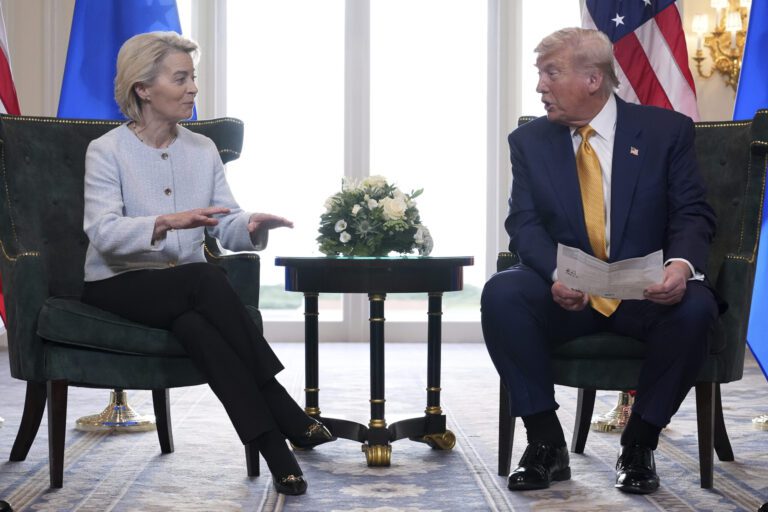U.S.-EU Tariff Agreement: Overview and Implications for Alcohol Industry
The United States and the European Union (EU) are solidifying the details of a significant tariff agreement initially announced by President Trump last month. However, this development brings concerning news for the European alcohol industry, which has traditionally thrived in the U.S. market.
Key Takeaways from the Joint Statement
On Thursday, the two parties released a joint statement outlining a preliminary framework for their tariff agreement, marking a crucial step in negotiations that could potentially expand into additional sectors in the future.
Framework Highlights
- Tariff Eliminations: The EU has committed to removing tariffs on all American industrial goods, while at the same time offering preferential access to a broad array of U.S. seafood and agricultural products.
- Specific Products Affected: Key items affected include:
- Tree nuts
- Dairy products
- Fresh and processed fruits and vegetables
- Processed foods
- Planting seeds
- Soybean oil
- Pork and bison meat
According to Maros Sefcovic, a trade negotiator for the EU, this deal is “serious” and “strategic,” presenting new opportunities for both parties.
Tariffs on U.S. and EU Products
While the EU will eliminate tariffs on American industrial goods, the United States has set a 15% tariff rate on most imports from the EU, with certain exceptions. These exceptions include:
- Lower Tariff Products:
- Cork
- Aircraft and aircraft parts
- Generic pharmaceuticals
- Chemical precursors
In a noteworthy change, tariffs on automobiles imported from the EU will decrease from 27% to 15%, a development that represents a relief for the automotive industry, which has faced financial difficulties recently.
Recognition of Automotive Standards
In an effort to streamline operations and reduce costs, both the U.S. and EU have agreed to mutually recognize each other’s automotive standards.
Energy and Defense Investments
As part of the agreement, the EU has pledged to purchase $750 billion worth of American liquefied natural gas, oil, and nuclear energy products over the next five years. Additionally:
- The EU is set to acquire at least $40 billion in American AI chips.
- An extra $600 billion will be invested into the U.S. economy through 2028, with an increase in defense equipment acquisitions.
Alcohol Industry: A Stumbling Block
While the tariff agreement offers numerous benefits, it does raise concerns for the European alcohol industry. Currently, tariffs on wine and spirits remain at 15%, with no immediate plans for exemption. This is particularly alarming given the significance of the U.S. as a market for European alcohol, which was traditionally tariff-free.
EU’s Position on Alcohol Tariffs
European officials have been vocal about their desire for an exemption for alcohol and spirits, with Sefcovic stating, "These doors are not closed forever.” However, he cautioned that negotiations regarding alcohol tariffs “won’t be tomorrow.”
Conclusion
The evolving U.S.-EU tariff agreement presents a mixed bag of opportunities and challenges. While it promises benefits for various sectors, the unresolved issues surrounding alcohol tariffs underscore the complexities still at play. Stakeholders in the European alcohol industry will need to remain vigilant as negotiations progress.
For ongoing updates and in-depth analysis of international trade agreements, visit the U.S. Trade Representative and European Commission Trade.
By addressing key components of this agreement, this article aims to provide clear insights into how the U.S.-EU tariff deal affects various sectors and, importantly, highlights the current uncertainties for the alcohol market.


